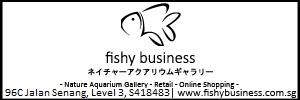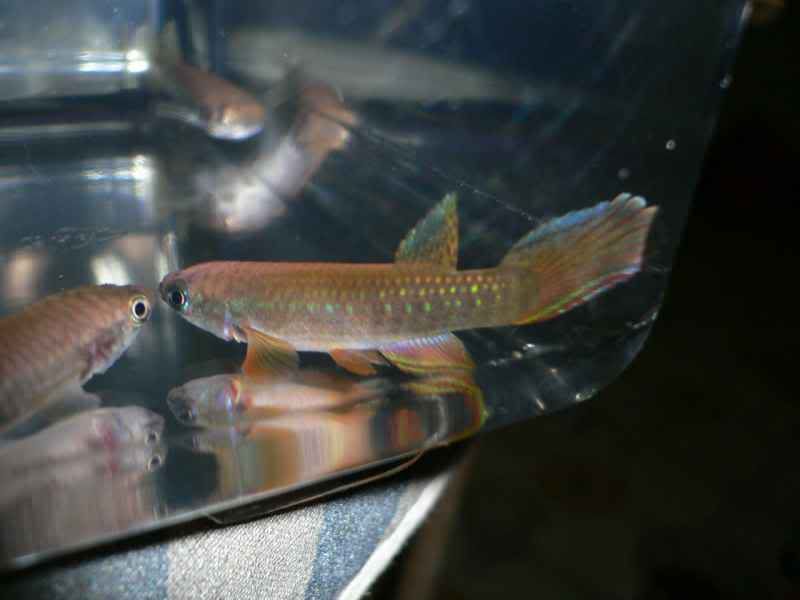Flubendazole is much more certain than dechloraminators. I think Fluke Tabs may work, OK, too, but no personal experience. Formaldehyde works, too, but must be applied for 3-5 days in succession to really do the job.
The dechlors need to be overdosed, significantly, and I know that is safe with Amquel. I'm not so comfortable overdosing Prime, so would not be inclined to do it. That is based on what my nose over the bottle tells me of its stability, despite Dr. Morin's assurances that it is perfectly stable. 
Wright
01 760 872-3995
805 Valley West Circle
Bishop, CA 93514 USA











 Reply With Quote
Reply With Quote








Bookmarks